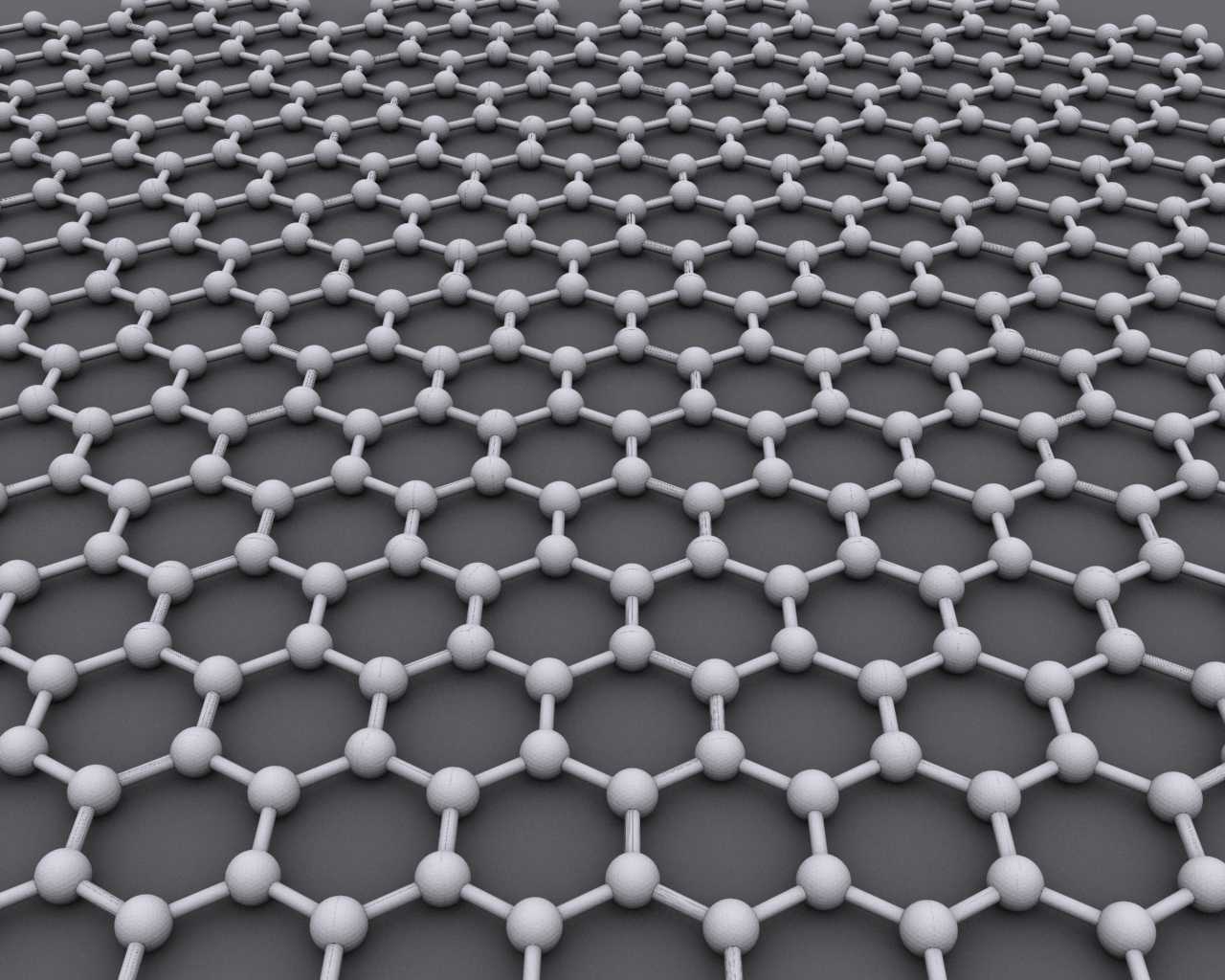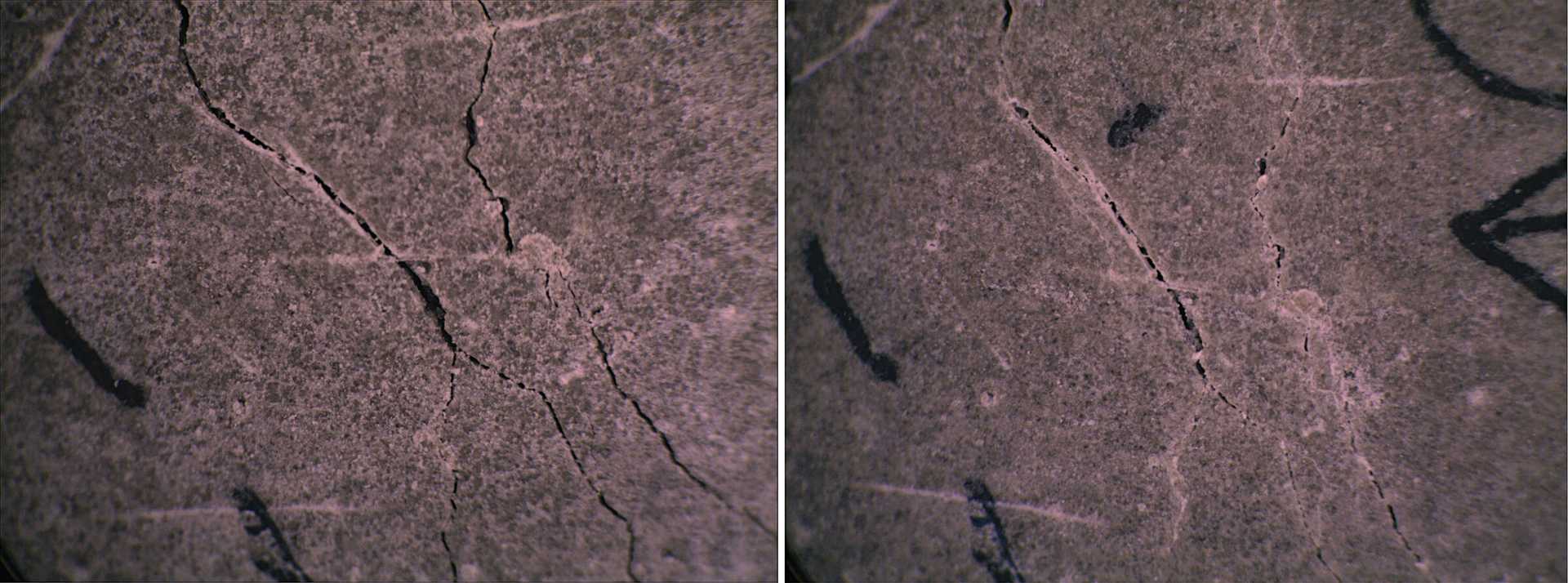
21st-century materials
From inert to "alive".
How likely? How soon? What impact?
Until now, urban technology has mostly been something we bolt onto steel and concrete components. These extensions help us design, manage, and recycle the built environment far more effectively than ever. But over the next decade, digital technology will become an integral component of the basic materials of city-building themselves.
From concrete that resists the intrusion of water to porous alternatives to asphalt that allow water through easily, we will redesign materials at the molecular and millimeter scale. This will provide new structural and chemical properties that make materials stronger, more durable, and lower carbon-intensity. More important, it will create an opportunity to weave electromechanical components in at the micro- and nano- scale. The result? A shift from coarse sensing to sensing that is ubiquitous throughout structures. Down the road, this will unlock the potential for programmable materials that can sense and react to changing conditions to meet demanding performance specifications.
Signals
Signals are evidence of possible futures found in the world today—technologies, products, services, and behaviors that we expect are already here but could become more widespread tomorrow.




..png)



